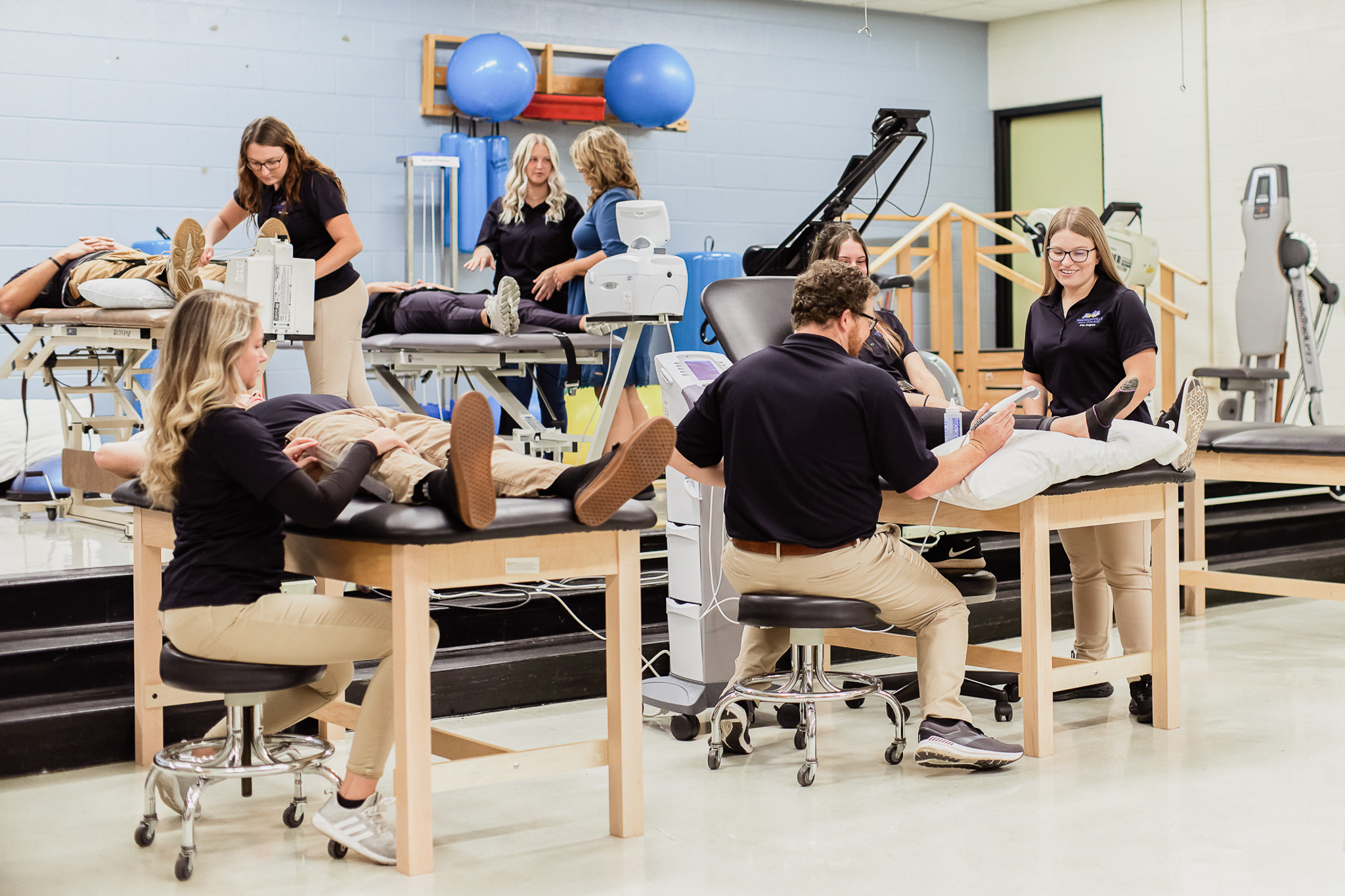Exploring the Varied Techniques of Physiotherapeutic Therapy for Improved Recovery and Rehabilitation
Exploring the Varied Techniques of Physiotherapeutic Therapy for Improved Recovery and Rehabilitation
Blog Article
Physical therapy is an important field that helps individuals recover from traumas, operations, and multiple health conditions. It entails a variety of methods aimed to enhance movement, alleviate pain, and boost general bodily function. Physiotherapy therapists are trained professionals who evaluate each client’s needs and develop personalized treatment plans. These programs often include workouts, hands-on treatment, and instruction about physical mechanics. By employing these varied approaches, physical can significantly improve a patient’s standard of life.
One common method used in physiotherapy is therapeutic exercise. This includes specific movements and exercises that assist strengthen muscles, enhance range of motion, and increase endurance. For instance, a client rehabilitating from knee operation may engage in workouts that concentrate on rebuilding strength in the lower limb muscle groups. These activities are carefully chosen based on the individual’s status and goals. By incrementally boosting the intensity and challenges of the activities, physical therapists can assist clients regain their power and movement over time.
Another important technique is hands-on treatment, which includes physical approaches to manipulate the human body soft tissues and articulations. This can involve flexibility exercises, mobilization, and manipulation. Manual therapy seeks to relieve discomfort, minimize swelling, and enhance circulation. For example, a therapist may apply gentle force to ease stress in stiff muscle groups or to help a articulation move more smoothly. This technique is often integrated with other therapies to enhance rehabilitation and promote recovery. Patients often consider manual treatment to be a relaxing and beneficial way to manage their pain.
In addition to workouts and hands-on treatment, education plays a vital part in physical. Practitioners teach clients about their conditions and how to handle them efficiently. This may include guidance on correct posture, physical mechanics, and strategies to prevent subsequent injuries. For instance, a therapist might demonstrate a patient how to raise heavy objects safely to prevent straining their spine. By empowering clients with knowledge, physiotherapy therapists help them assume an active part in their rehabilitation and websites encourage sustained health and fitness.
Finally, technological advancements is increasingly being incorporated into physiotherapy practices. Devices such as sonography, electrical impulses, and immersive reality can improve traditional therapy methods. These tools can help reduce discomfort, promote recovery, and provide engaging methods for clients to engage in their rehabilitation. For instance, virtual environments can create immersive settings for patients to practice movements in a controlled plus secure environment. As advancements continues to evolve, it provides exciting possibilities for enhancing recovery results in physical.
In summary, physical includes a variety of techniques that function together to support rehabilitation and rehabilitation. Through therapeutic activities, manual therapy, client education, and the use of technology, physical practitioners provide comprehensive treatment customized to each individual’s requirements. This comprehensive approach not only assists patients recover their physical capabilities but also empowers them to sustain their well-being in the long future. As an increasing number of individuals recognize the advantages of physical, it remains to play a crucial role in the journey toward improved well-being and well-being.